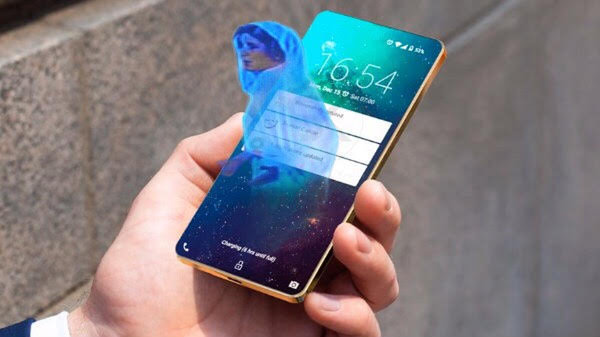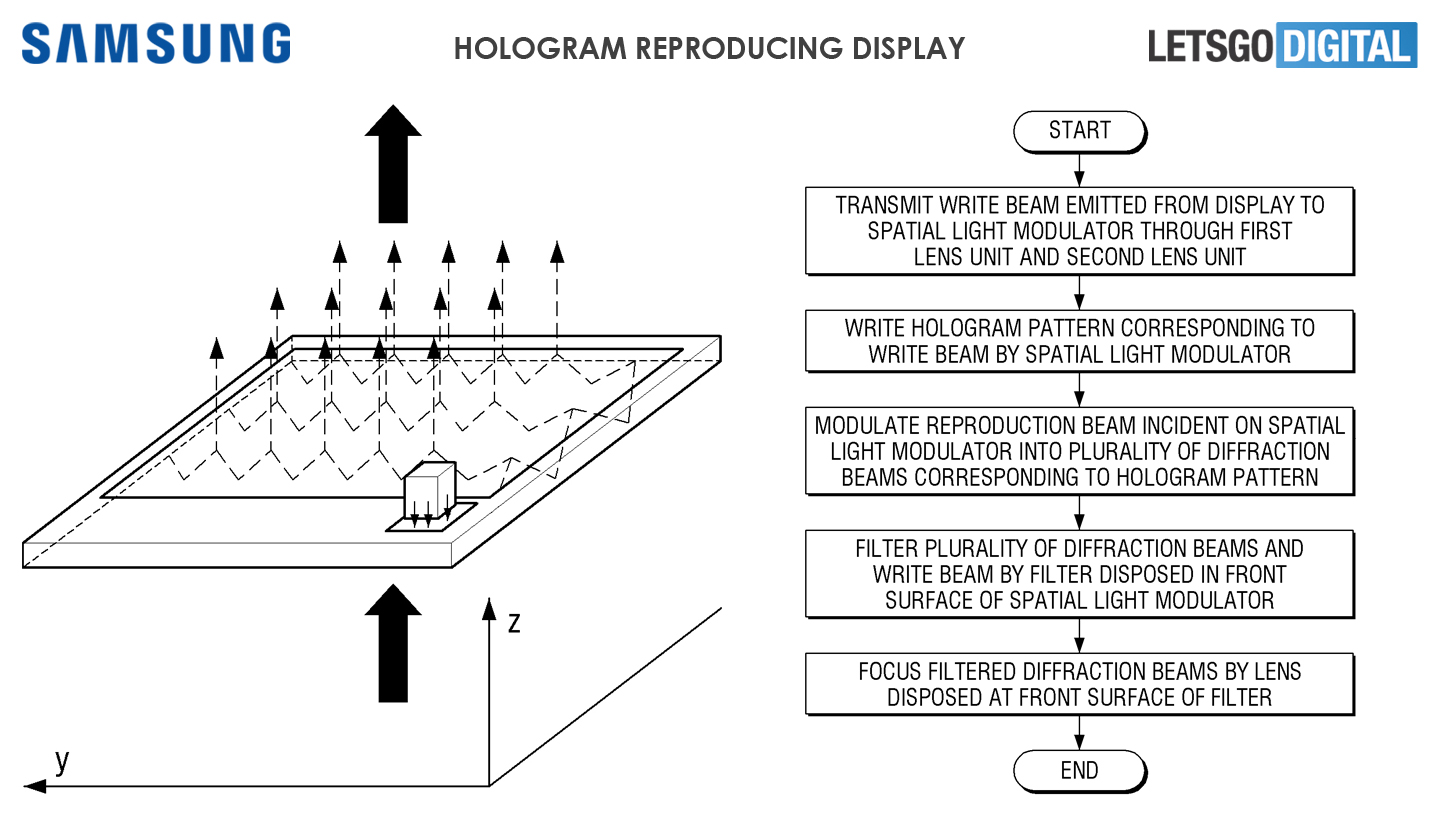Samsung Patents Phone Display That Projects Star Wars-Like Holograms
According to the patent, the device doesn’t need viewers to look at a flat surface at a specific angle to see the hologram.
Samsung claims that it has invented a new holographic device that will actually project high-quality 3D images in the air without you having to look at a display from a specific angle, unlike the Nintendo 3DS.

The display, according to the patent published by the World Intellectual Property Office and the United States Patent and Trademark Office, uses a new type of spatial light modulator that eliminates ‘the limited viewing angle and low resolution of current holographic technologies’.
MORE: Samsung Galaxy Fold's Full Specs and Price Revealed
As reported by Lets Go Digital, the entire thing sounds like a lot of bunk, to be honest. However, Samsung is known to have been working on holographic technology for a while — perhaps they have indeed solved the bad quality and limitations that plague current holographic systems.

The document describes a series of micro-lenses arrays set on a flat surface that focuses the light beam emitted from the display to project the 3D image into mid-air thanks, to the company’s new spatial light modulator.
The quest for R2-D2 holograms
Scientists have been working on realizing the dream of true 3D holograms for a long time: 3D images and video that appear in thin air and can be seen from any angle, just like you see objects in real life.
Sign up to get the BEST of Tom's Guide direct to your inbox.
Get instant access to breaking news, the hottest reviews, great deals and helpful tips.
Current holographic technology require you to look directly at a 2D surface with a very limited view angle, like the laser-etched still images you can find on your Visa card or the parallax barrier-based display used in the Nintendo 3DS display or the Red Hydrogen One phone.
The holograms in Looking Glass holographic box depend on a limited and bulky hardware contraption, and they can’t be used in smartphones.
There’s research that uses intense lasers to trap particles, moving it quickly across the air while another laser projects color into it. But this is very crude right now and requires large machinery, which again is far from being included in portable devices.
Samsung, however, could be working on bringing this new patented technology to future phones. In the past, the company’s phone patents have mentioned 3D holographic displays without providing any implementation details. This is the first time that the Korean conglomerate has provided actual details. Of course, while this may show promise in the lab; we don’t know how far we are from an actual implementation.
- Now see the 10 best phones you can buy today.
Jesus Diaz founded the new Sploid for Gawker Media after seven years working at Gizmodo, where he helmed the lost-in-a-bar iPhone 4 story and wrote old angry man rants, among other things. He's a creative director, screenwriter, and producer at The Magic Sauce, and currently writes for Fast Company and Tom's Guide.

